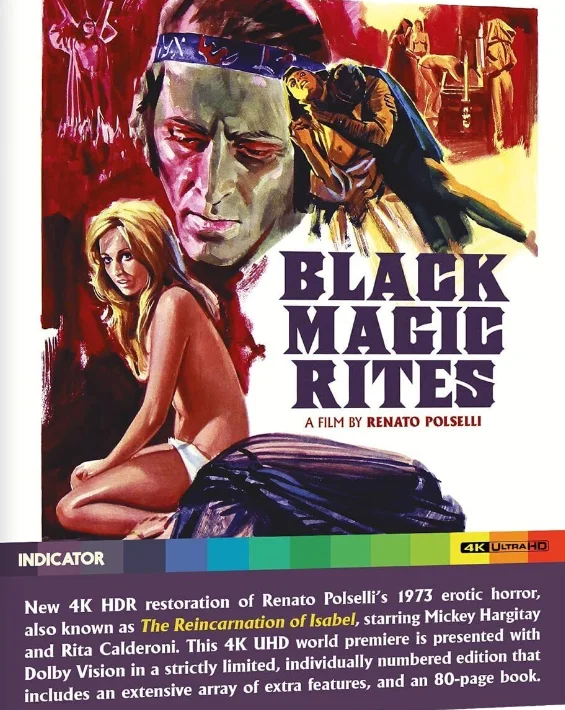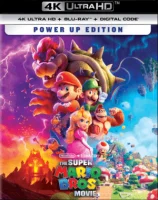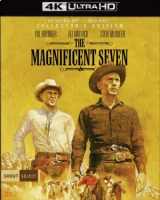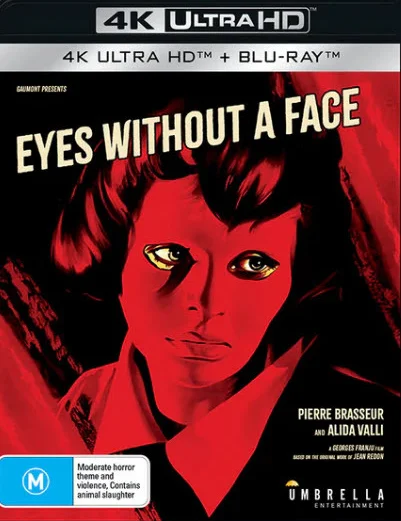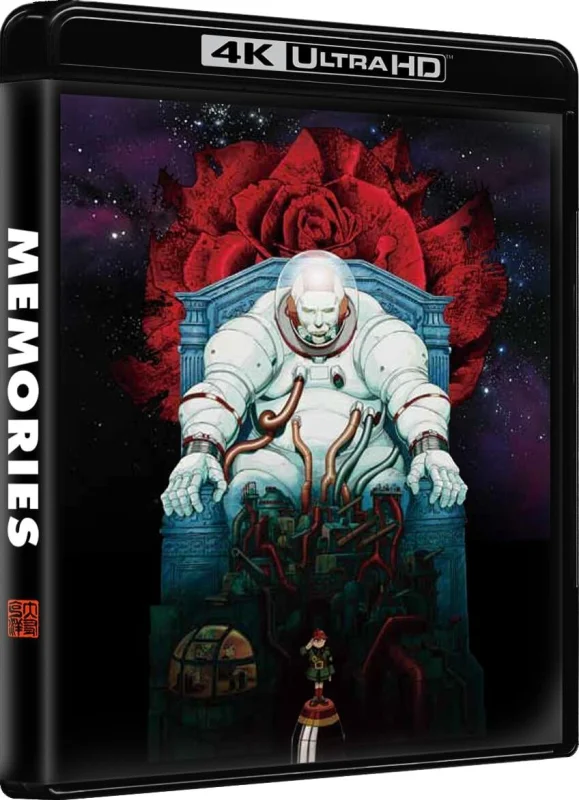Black Sunday 4K 1960 Ultra HD 2160p
The Inquisition declares Princess Aza a witch and sentences her to death in an unusual way—by nailing an iron mask to her face with spikes. Two hundred years later, Dr. Kruvayan and his young assistant Andrei Gorobets arrive in Mirgorod. While walking around the area, they find an old abandoned chapel, in whose crypt Aza rests. A fateful coincidence revives the beauty, and she, after biting Kruvayan, begins to exterminate her descendants. Gorobets, who has fallen in love with the young princess Katya, who looks exactly like Aza, tries to make sense of the series of terrifying events taking place in the castle...
User Review
It is no surprise that this film by the renowned classic Mario Bava was censored, as it is incredibly bold for its time in its explicit portrayal of gruesome moments. There are plenty of them, with a demonstrative manner of presentation that was unusual for the 1960s, such as piercing an eyeball with a wooden stake, blood splattering from under a brutal mask onto the face, and a real shock flash in the half-rotten rib cage under the beautiful princess's dress. Even the original prologue is tightly woven with medieval scenes of a witch's execution. But don't think that we are seeing the beginnings of the gore genre that would soon come into being, because now everything is stylistically consistent within a coherent, well-thought-out and appropriate framework, in conjunction with the plot and the course of the action, without excessive banal bloody shock tactics. This is an impeccable, dark gothic story with luxurious sets and skillful cinematography by the director himself. Mario Bava sometimes plays with the “picture,” creating memorable scenes where the black-and-white canvas beautifully embellishes the action with shadows and ghostly light, revealing the clear boundaries between the foreground and background, which usually sink into dangerous, unclear darkness. At other times, he is straightforward with frank naturalism, showing viewers up close and personal moments that are truly terrifying (especially for their time), such as the resurrection of a witch's remains in a crypt with her deathly pale, frozen face and pulsating liquid eyes.
In general, the entire atmosphere and spirit of the film involuntarily and very accurately resembles classic Hollywood horror films from the 1930s or 1940s. The immersive effect of the narrative is particularly enhanced by the beautiful decor of the spacious castle with heavy draperies on the walls, large windows, stone statues of distorted monsters, a dusty, echoing crypt, an abandoned cemetery, fog drifting under black trees stripped of leaves, as well as other dimly lit nooks and crannies with steps leading to secret rooms. At the same time, Mario Bava's creation went beyond simply recreating luxurious Gothic style, because his Evil is much richer, stronger, and more voluminous in multiple frames than in the creations of rival studio Universal. And this is not only due to the occasional appearance of monsters (in this case, witchcraft with a vampire theme), but also to the full-fledged dark characters of the film with their intrigues and dialogues, which appear before us naturalistically in a decent amount of screen time.
The acting is somewhat theatrical, as it should be in order to blend in with the action. Otherwise, it wouldn't be the early 1960s.
When watching the film, in addition to Bava's enormous directorial and cinematographic potential, one senses his well-developed ability to deftly bring all the necessary tools together. This is why the work of the lighting technicians, makeup artists, set designers, composer, and others produces a true delight in the overall finished spectacle. Some of the discoveries are simply brilliantly thought out technically. Take, for example, the scene with the bat attacking the doctor: for its time, it could only have been a predictable, absurd monster tied to strings, and that's what it was. but the cameraman's sliding shot plays only on the black shadows of the wings and the actions of a frightened man to appeal to the viewer's imagination, contrasting with the simple model.
Surprisingly, even after so much time has passed, the plot never sags, constantly building momentum, intriguingly wedging itself into the epicenter of an increasingly terrifying evil, not forgetting to fuel the fear with systematic vivid shots. The entire film passes incredibly quickly and smoothly, the set pace quickening the pulse towards the climax of the unraveling of witchcraft secrets, revealing the terrible true faces.
If one tries to find flaws, they “grow” out of the specifics of the genre of its bygone era, that is, the aforementioned theatricality, of course, coupled with a restrained (by today's standards) flow of bloodthirstiness, which is now often abundant in tons of blood-stained props. And therefore, the “cons” undoubtedly turn into “pros” for a certain number of viewers who greatly value, respect, and most importantly, truly love the classics of the genre, treating the cinematic naivety of those years as pleasant reminders of the past, of the people who gave us wonderful works, made with limited resources, but with a beautiful, mesmerizing atmosphere of mysticism. And how pleasant it is to know that Mario Bava himself undertook the production based on Nikolai Gogol — never mind that, as they say, only the horns and legs of the writer remain.
That is why the classic trio of the Italian master of the genre's creation and the indirect basis of the classic writer deserves the highest praise.
Info Video
Codec: HEVC / H.265 (75.5 Mb/s)
Resolution: Native 4K (2160p)
Original aspect ratio: 1.85:1
Info Audio
#English: FLAC 2.0
#Italian: FLAC 2.0
#German: DTS-HD Master Audio 2.0
Info Subtitles
Italian.File size: 47.87 GB

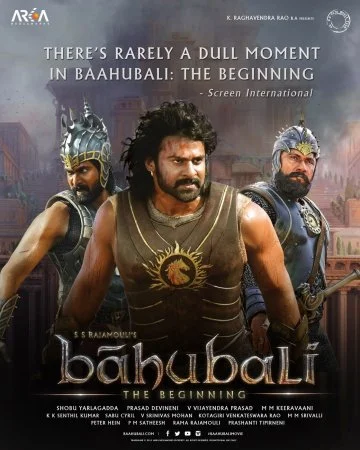

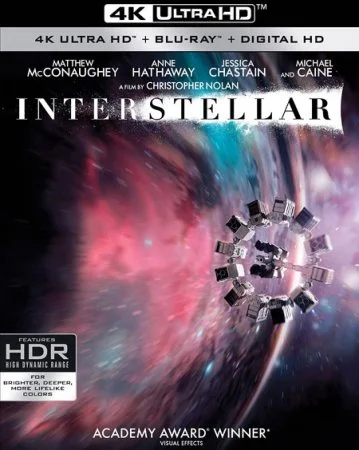
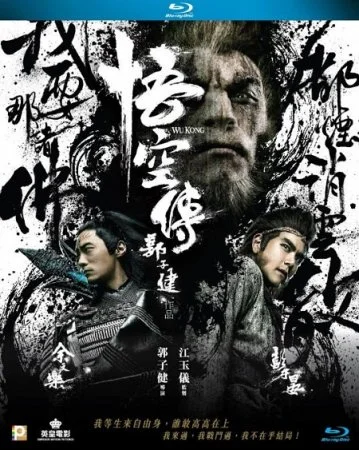
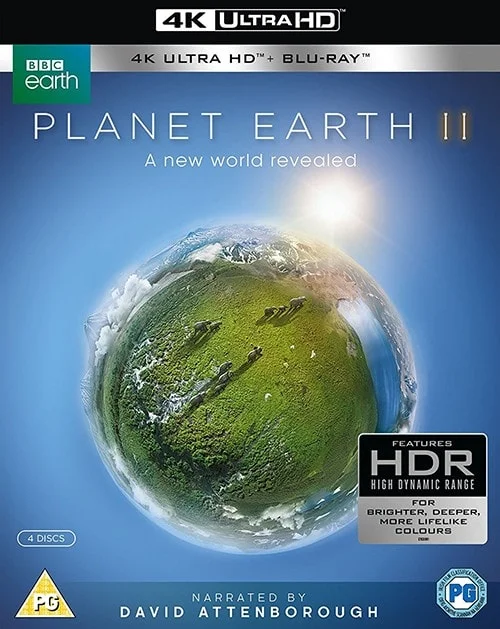
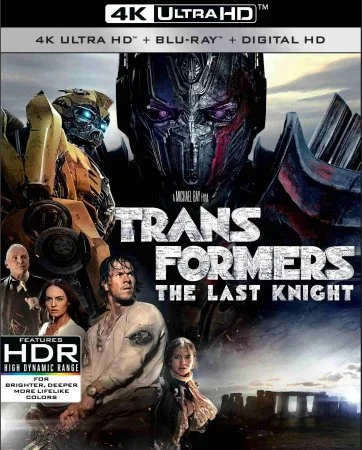
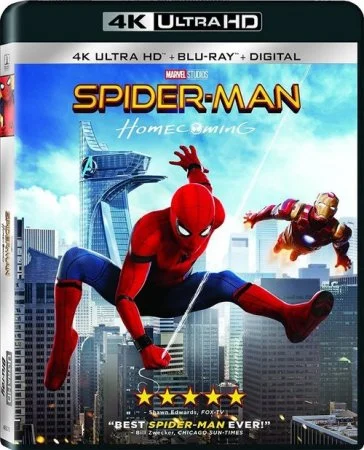
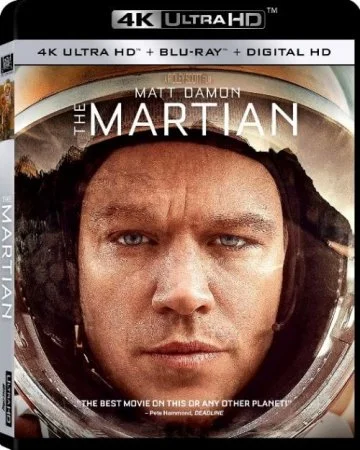
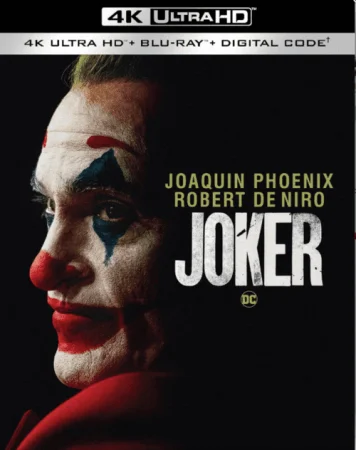
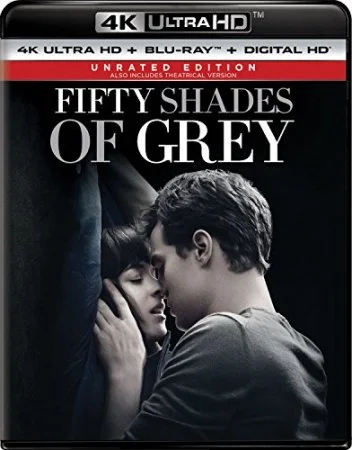
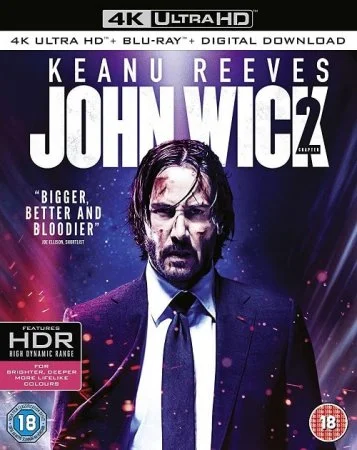

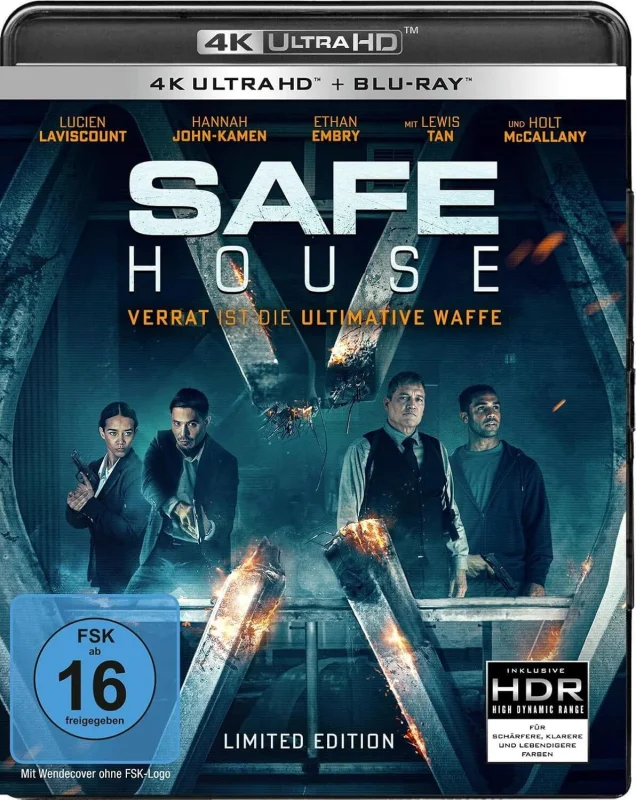
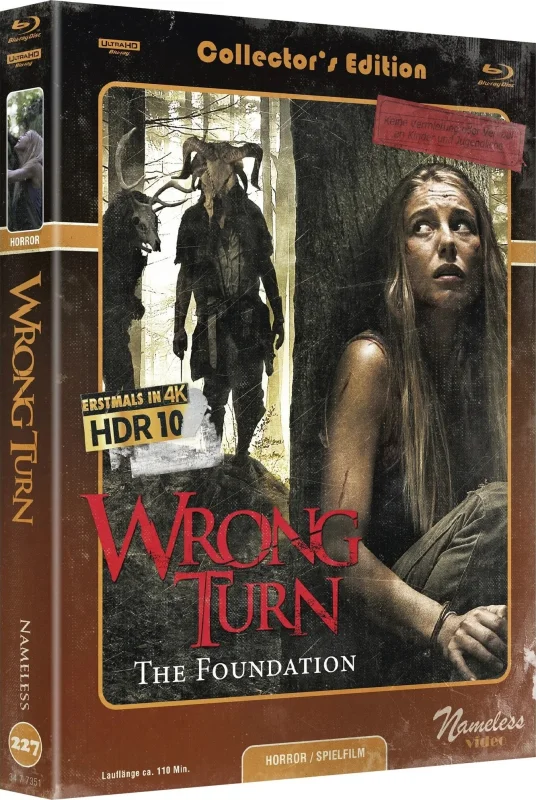
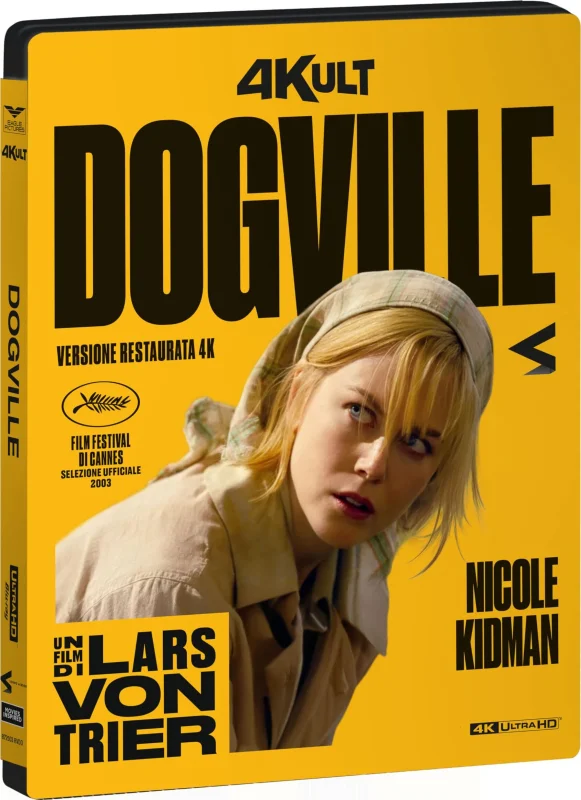
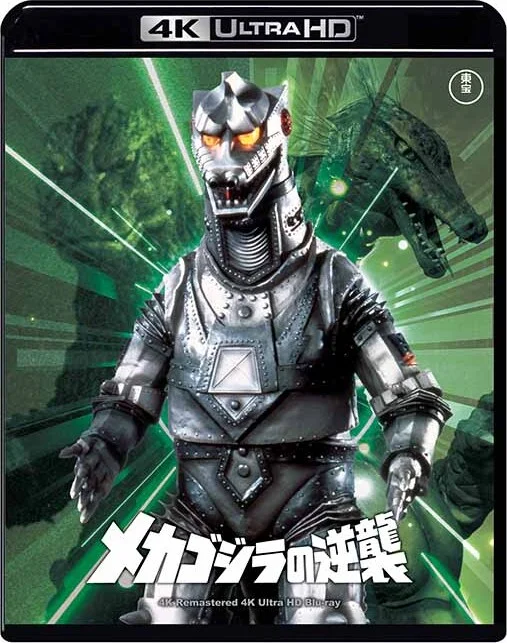
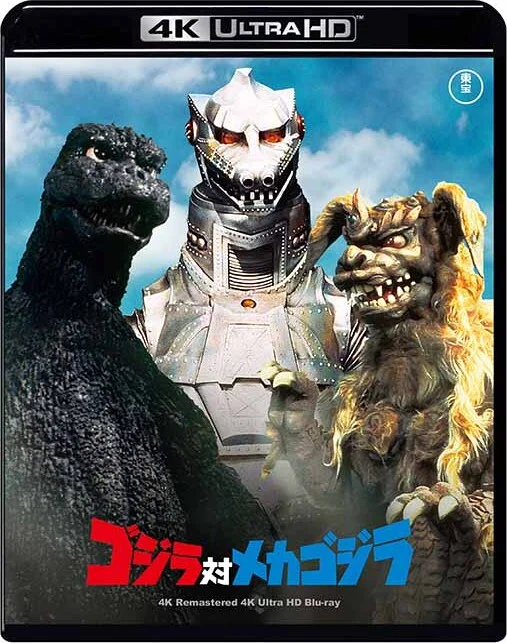

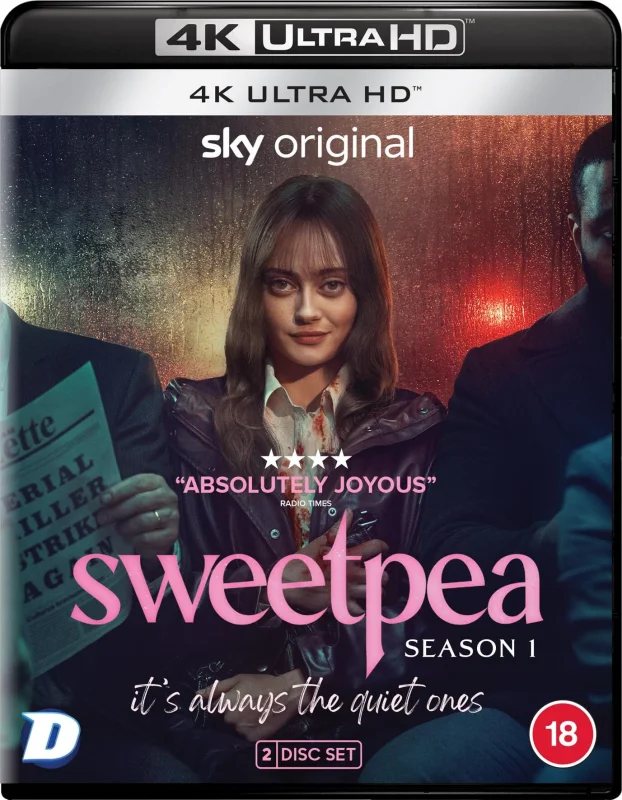
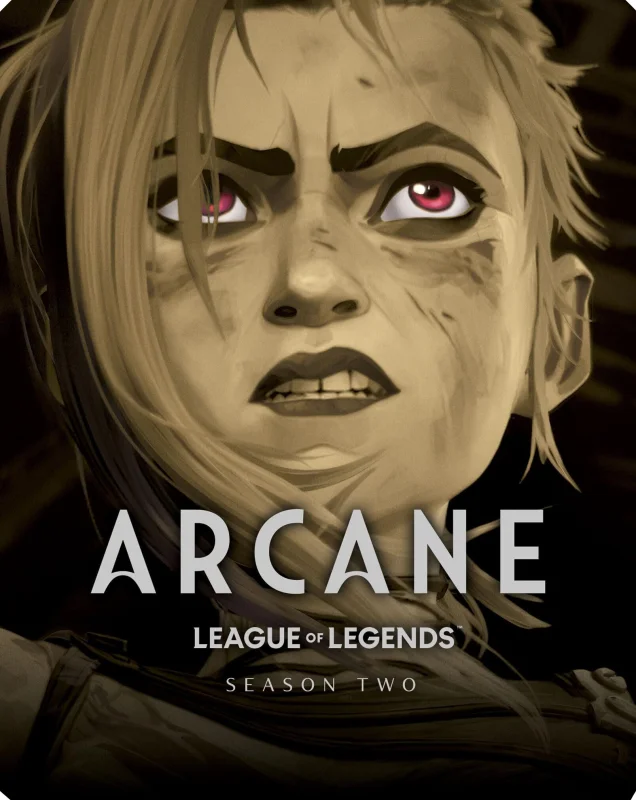
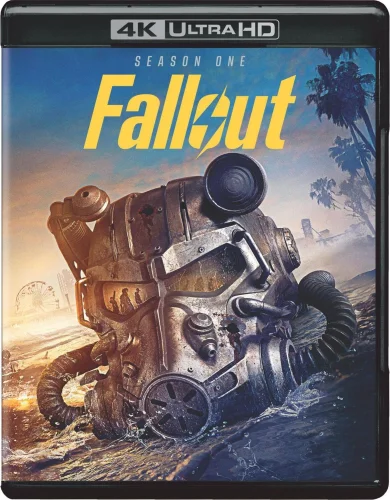
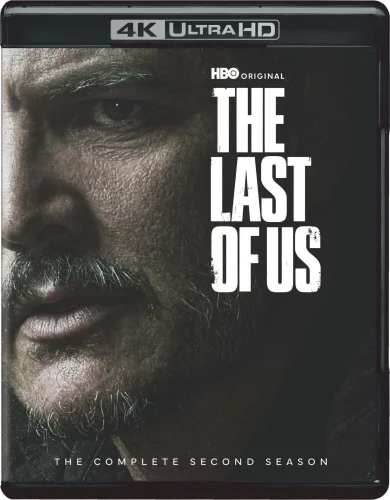
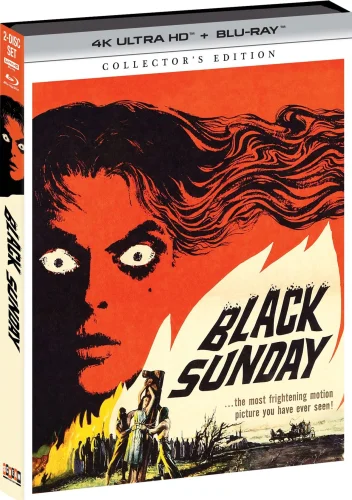
 Like
Like Don't Like
Don't Like